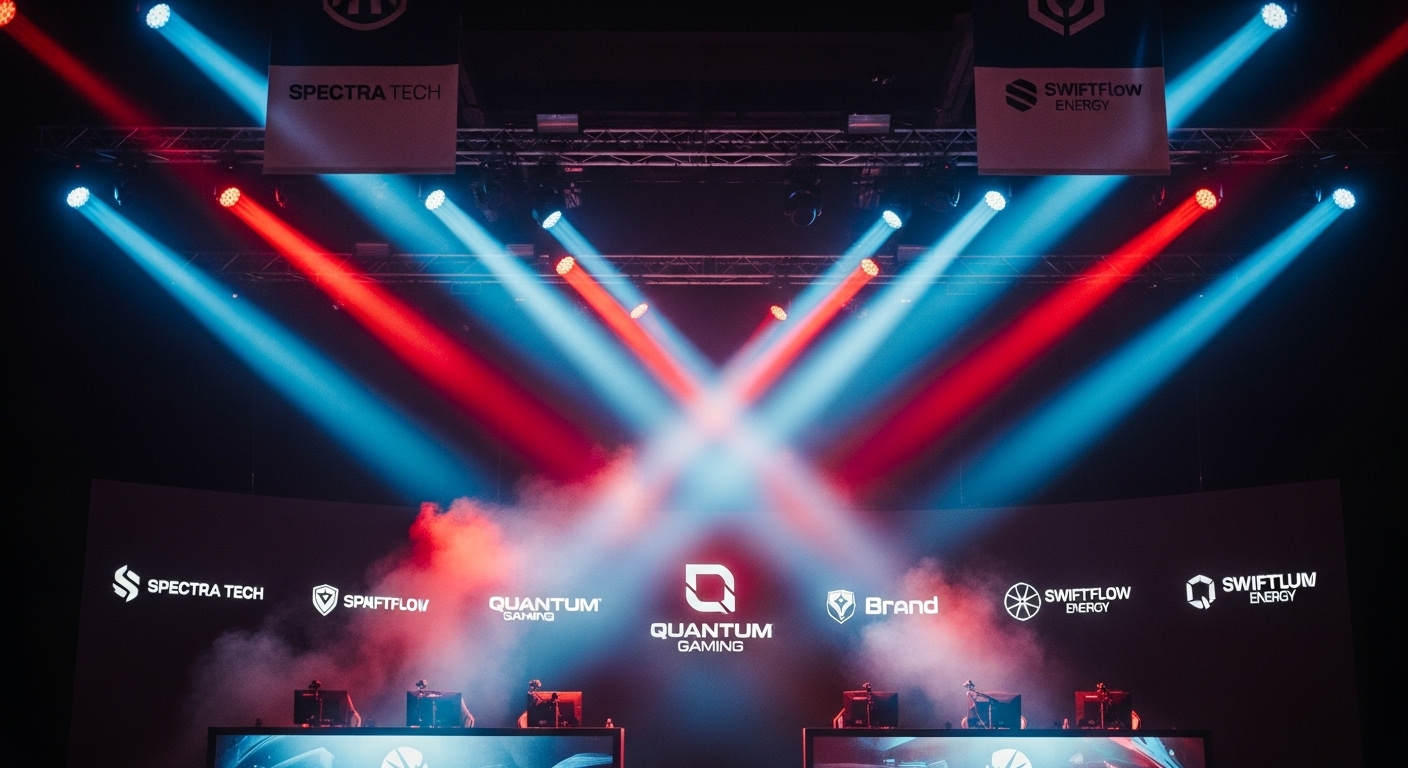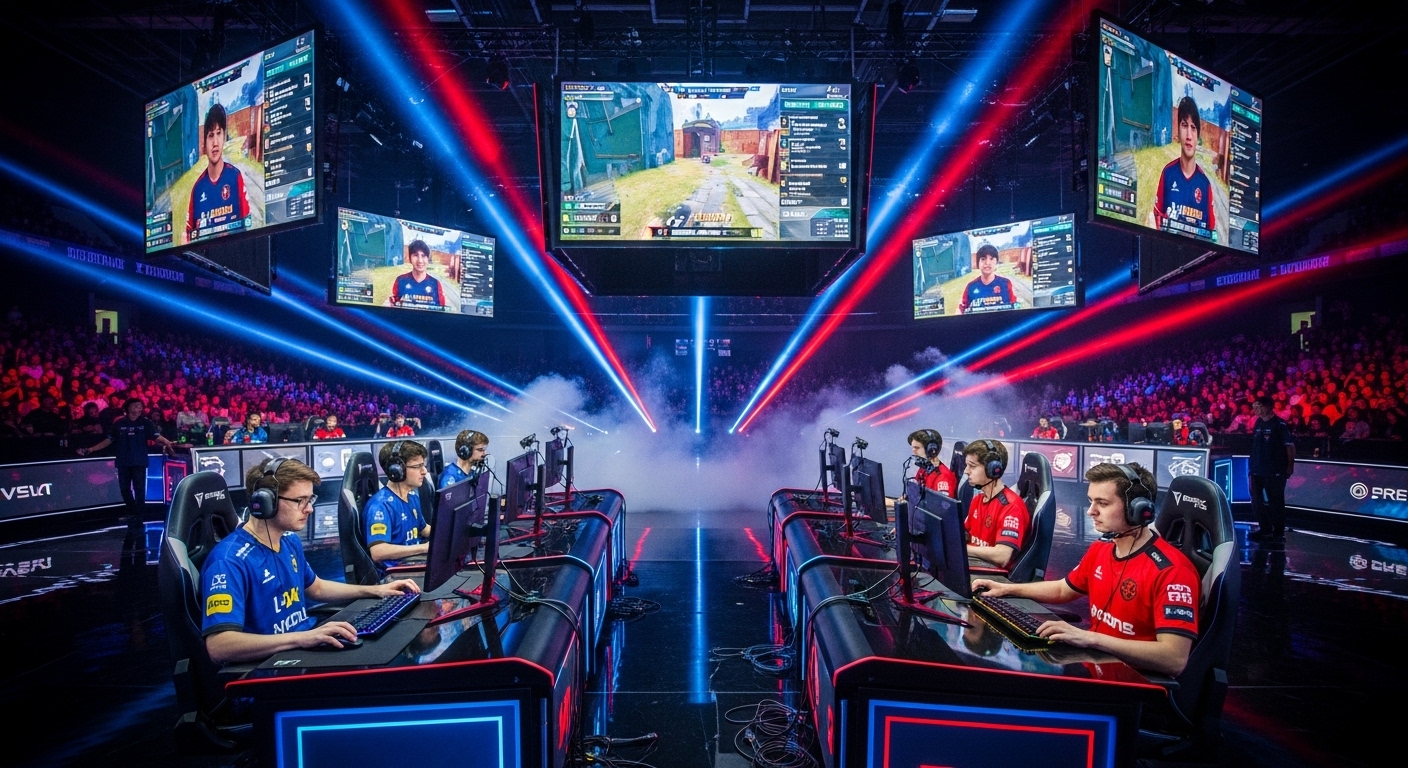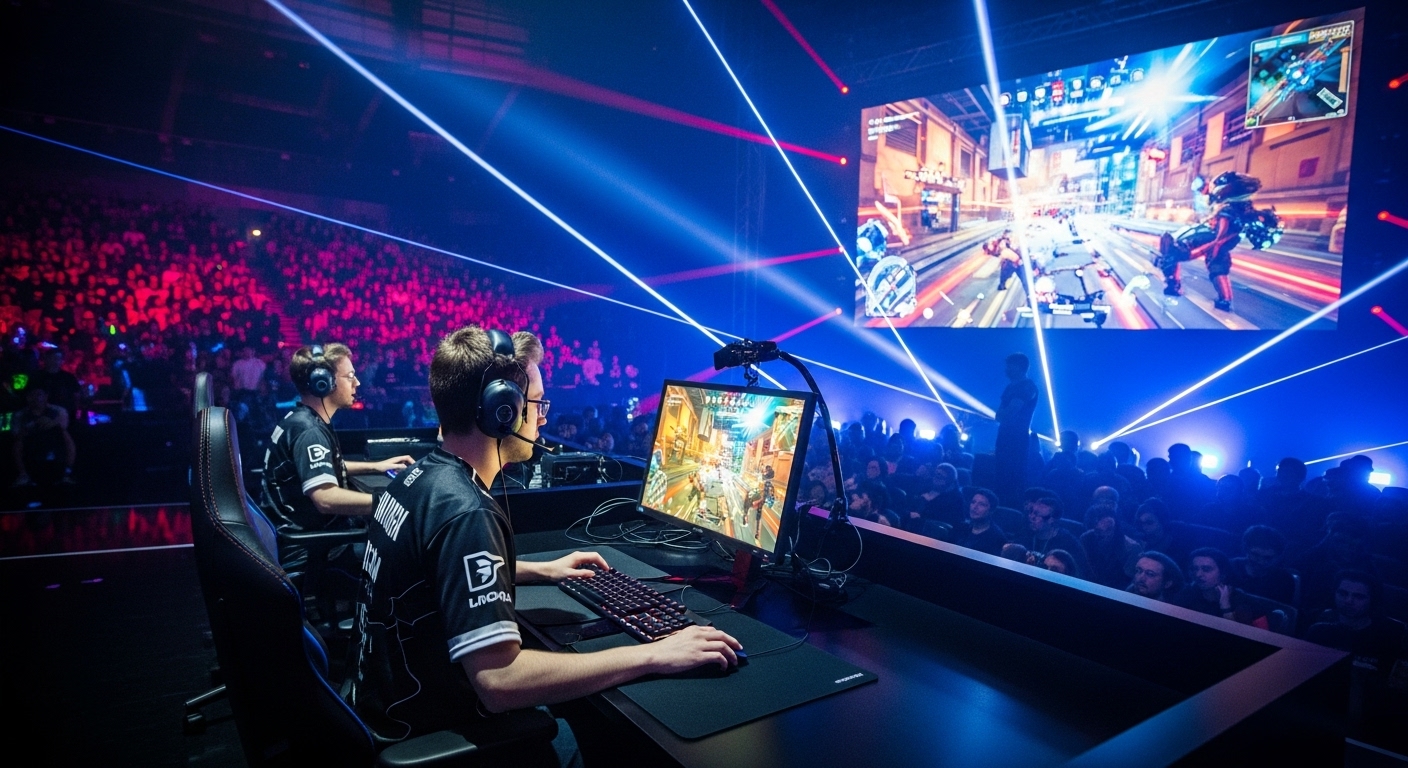Introduction
Esports has rapidly grown into one of the most dynamic industries in entertainment and competitive sports. What began as small-scale gaming tournaments has evolved into a global phenomenon with professional players, massive audiences, and multi-million-dollar prize pools. Alongside this rise, technological innovations continue to reshape how games are played and experienced. One of the most intriguing developments in this space is the integration of virtual reality, commonly referred to as VR. While esports has traditionally revolved around computer monitors, keyboards, controllers, and large screens, virtual reality introduces an entirely new dimension—one that immerses players in three-dimensional environments and transforms how competitions unfold.
The future of virtual reality in esports is not just a question of technological feasibility, but also of cultural acceptance, audience engagement, and industry readiness. As hardware advances and developers experiment with new competitive formats, VR could become a major driving force behind the next era of esports.
This blog will explore how VR is changing esports, the opportunities it presents, the challenges it faces, and what the future may look like when competitive gaming meets immersive virtual environments.
Understanding Virtual Reality in Gaming
Virtual reality is a technology that creates a simulated environment, allowing players to interact with digital worlds in ways that feel realistic and immersive. Unlike traditional gaming, which is mediated through flat screens, VR places players inside the game using headsets, motion tracking, and sometimes even haptic feedback suits. This adds depth, physicality, and immersion to gameplay.
In esports, where skill, precision, and engagement are critical, VR can redefine the competitive landscape. Instead of watching a player sitting at a desk, audiences may watch them move, react, and strategize inside an arena that mirrors the game’s digital space. Imagine a first-person shooter where a player must physically duck behind cover, or a strategy game where pieces are moved with hand gestures rather than mouse clicks.
While VR esports already exists in some forms, such as competitive VR shooters and rhythm-based games, the industry is still in its infancy. The real question lies in how it can scale, grow, and eventually rival the massive popularity of traditional esports.
Current State of VR in Esports
At present, VR esports is still considered a niche segment within the broader gaming and esports world. A handful of VR tournaments exist, often centered around games like VR shooters, boxing simulators, and rhythm-based titles where physical skill plays as much of a role as digital reflexes.
Events have shown that VR can be a crowd-pleasing experience, particularly because it merges physical and digital athleticism. Watching a VR player dodge, jump, and swing in real life while their in-game avatar mirrors these movements creates a spectacle that audiences find engaging.
However, the current challenges are clear. High-quality VR headsets are expensive, requiring not only the headset but also powerful computers or consoles. Not every gamer can afford the setup, which creates a barrier to entry for both casual players and aspiring professionals. Furthermore, VR esports lacks the polished infrastructure of traditional esports, such as global leagues, standardized rules, and a large player base.
Despite these challenges, the foundation has been laid. VR developers and esports organizers are experimenting with competitive formats, and as technology becomes more accessible, the opportunities for growth are enormous.
Why VR Has Huge Potential in Esports
Immersion and Realism
One of the biggest advantages of VR in esports is immersion. Unlike traditional games, VR allows players to feel as though they are truly inside the game environment. This deepens the emotional and psychological engagement, creating experiences that are both thrilling for players and entertaining for audiences.
Physical Engagement
Traditional esports sometimes face criticism for being too sedentary. VR, however, introduces a physical dimension. Competitive VR games often require players to move, dodge, or swing their arms, making the gameplay more athletic. This could appeal to audiences who enjoy the mix of digital skill and physical performance.
Spectator Experience
For viewers, VR esports offers a new kind of excitement. Instead of watching players on stage hunched over monitors, audiences can see real-time body movements synchronized with in-game action. Additionally, with advancements in VR broadcasting, spectators may one day experience matches from within the game themselves, choosing vantage points as though they were standing in the arena.
New Game Genres
VR opens the door to genres of esports that do not exist in traditional formats. Imagine tactical VR team games where communication, positioning, and real-world physical skill matter as much as in-game reflexes. These new formats could reinvent what competitive gaming looks like.
Challenges Facing VR Esports
Despite its promise, VR esports faces a range of challenges that must be addressed before it can reach mainstream adoption.
Cost and Accessibility
High-end VR headsets are still costly, making it difficult for the average gamer to participate. Additionally, many VR setups require powerful hardware, which adds to the expense. For esports to thrive, accessibility is key, and reducing costs will be essential.
Player Fatigue and Health
Unlike traditional esports, VR gameplay can be physically demanding. Long tournaments could lead to fatigue, motion sickness, or even injuries. Developers and organizers will need to create balanced formats that ensure fairness while maintaining the health and safety of competitors.
Standardization of Games
Esports thrives on standardization—clear rules, consistent gameplay mechanics, and fair competition. VR gaming is still fragmented, with many different devices, controllers, and software ecosystems. For VR esports to succeed, it will need unified platforms and widely adopted competitive titles.
Audience Adoption
While VR can create exciting viewing experiences, the challenge lies in broadcasting. Not every audience member will own a VR headset, and organizers will need to create engaging two-dimensional broadcasts that capture the excitement of the VR match without losing the immersive essence.
The Role of Technology in Advancing VR Esports
The future of VR esports depends heavily on technological progress. Fortunately, the trajectory is promising.
Hardware Improvements
With each new generation of VR headsets, hardware becomes more powerful and more affordable. Headsets are getting lighter, more comfortable, and more accessible. Wireless technology reduces tethering issues, and higher refresh rates minimize motion sickness.
Haptic Feedback and Motion Tracking
Advanced haptic systems allow players to feel the game, from the impact of a punch to the recoil of a weapon. Motion tracking ensures accuracy and fairness in competitive environments, making the gameplay more reliable.
Artificial Intelligence Integration
AI could play a role in refereeing VR esports, ensuring fair play, detecting cheating, and even enhancing spectator broadcasts with intelligent replays and analytics.
5G and Cloud Gaming
High-speed internet and cloud-based VR streaming will make competitive VR more accessible by reducing hardware requirements. Players could compete without needing powerful local machines, leveling the playing field and lowering entry barriers.
The Potential Future of VR Esports
Looking ahead, the future of VR in esports could unfold in several exciting directions.
Mainstream VR Tournaments
As hardware becomes cheaper and more available, VR tournaments may become part of major esports events. Just as games like League of Legends or Counter-Strike dominate today, we could see VR titles rise to prominence on global stages.
Hybrid Arenas
Future esports arenas could merge physical and digital spaces. Imagine a VR esports match taking place in a real-world arena equipped with sensors and projections, allowing both in-person and online audiences to watch the action seamlessly.
VR Leagues and Franchises
The same way traditional esports has leagues with franchises, VR could establish structured competitions. Teams may recruit physically skilled players who excel not only in strategy and reflexes but also in athleticism and endurance.
Cross-Integration with Traditional Sports
VR esports could also merge with traditional sports. For example, virtual boxing or soccer leagues might emerge where professional athletes and gamers compete in shared environments, blurring the line between physical and digital competition.
Personalized Spectator Experience
In the future, VR spectators could step inside the game itself. Fans might watch from the perspective of their favorite player or fly around the virtual arena to view the action from any angle. This level of personalization could revolutionize how people experience esports.
The Cultural Impact of VR Esports
VR esports has the potential to shift how society views both gaming and physical competition. By combining digital strategy with real-world physical movement, VR could redefine the perception of esports as a legitimate athletic pursuit.
It may also bridge generational gaps, attracting both younger players drawn to gaming and older audiences who appreciate the physicality and spectacle of sports. Additionally, VR esports could inspire innovations in training, fitness, and rehabilitation, as the technology blends entertainment with practical physical benefits.
Conclusion
The future of virtual reality in esports is filled with possibilities. While challenges such as cost, accessibility, and standardization remain, the opportunities for growth and transformation are immense. VR has the power to immerse players in ways never before possible, make competitions more physical and athletic, and revolutionize the spectator experience.
As technology continues to advance and cultural acceptance grows, VR esports could evolve from a niche into a global phenomenon. It represents not only the next chapter in competitive gaming but also a new frontier where the boundaries between digital and physical sports blur. The journey may be just beginning, but one thing is clear: the future of esports will be more immersive, more interactive, and more thrilling than ever before, thanks to the possibilities offered by virtual reality.



